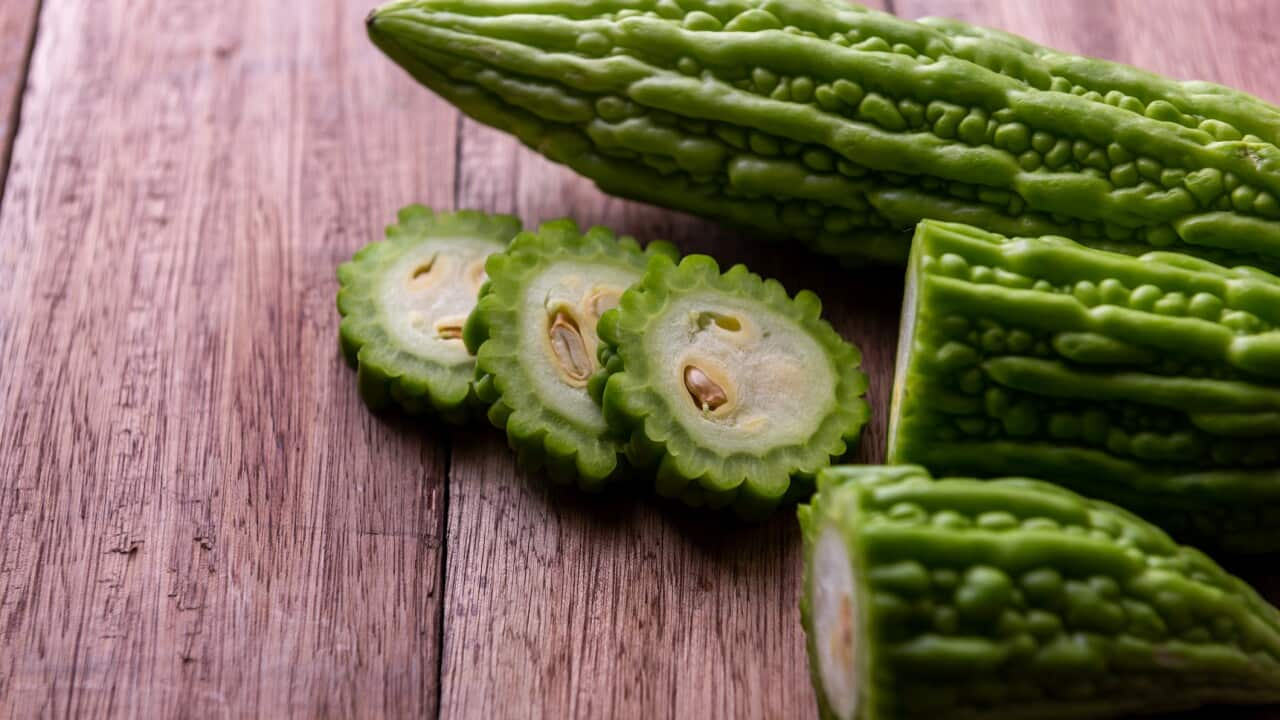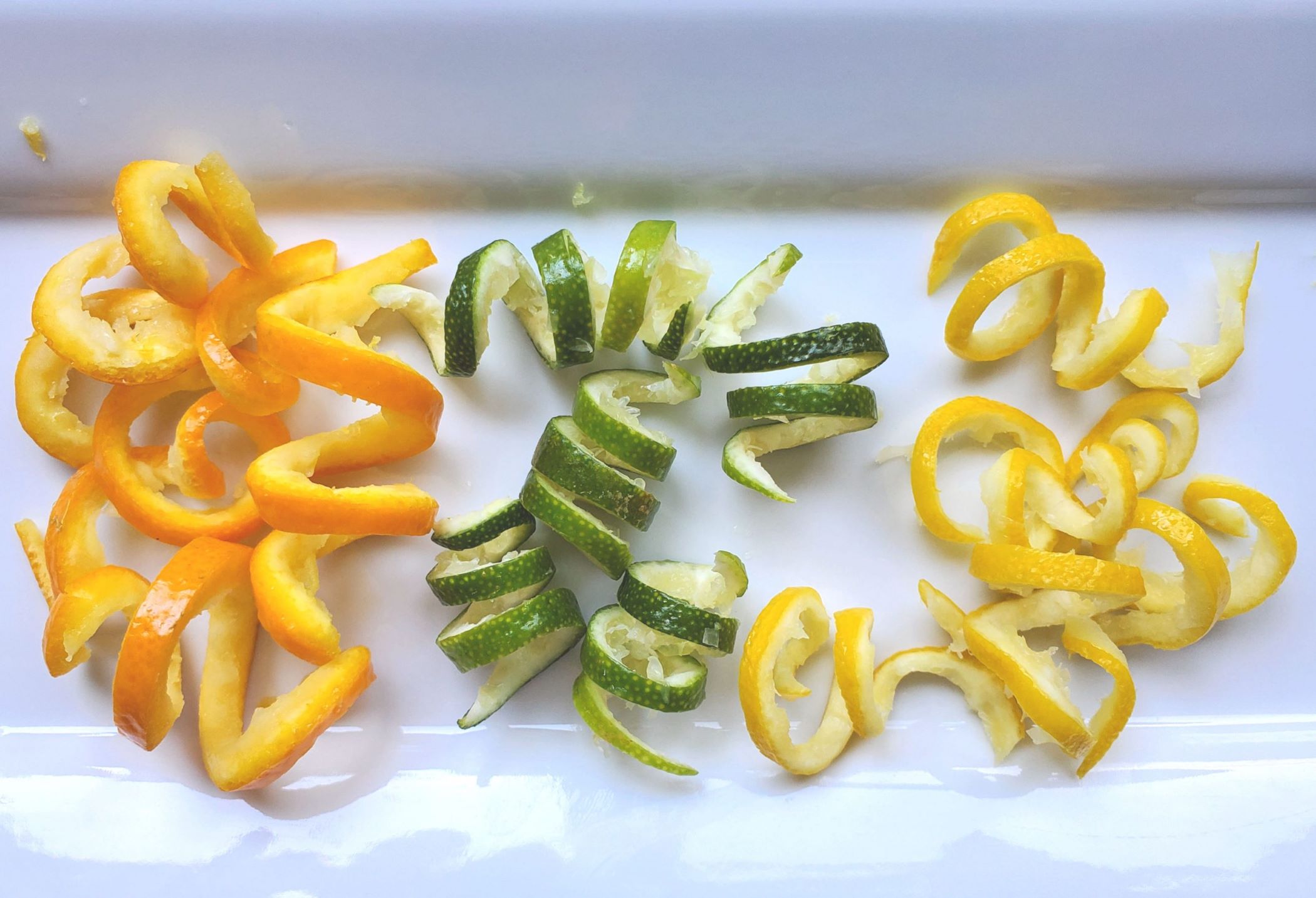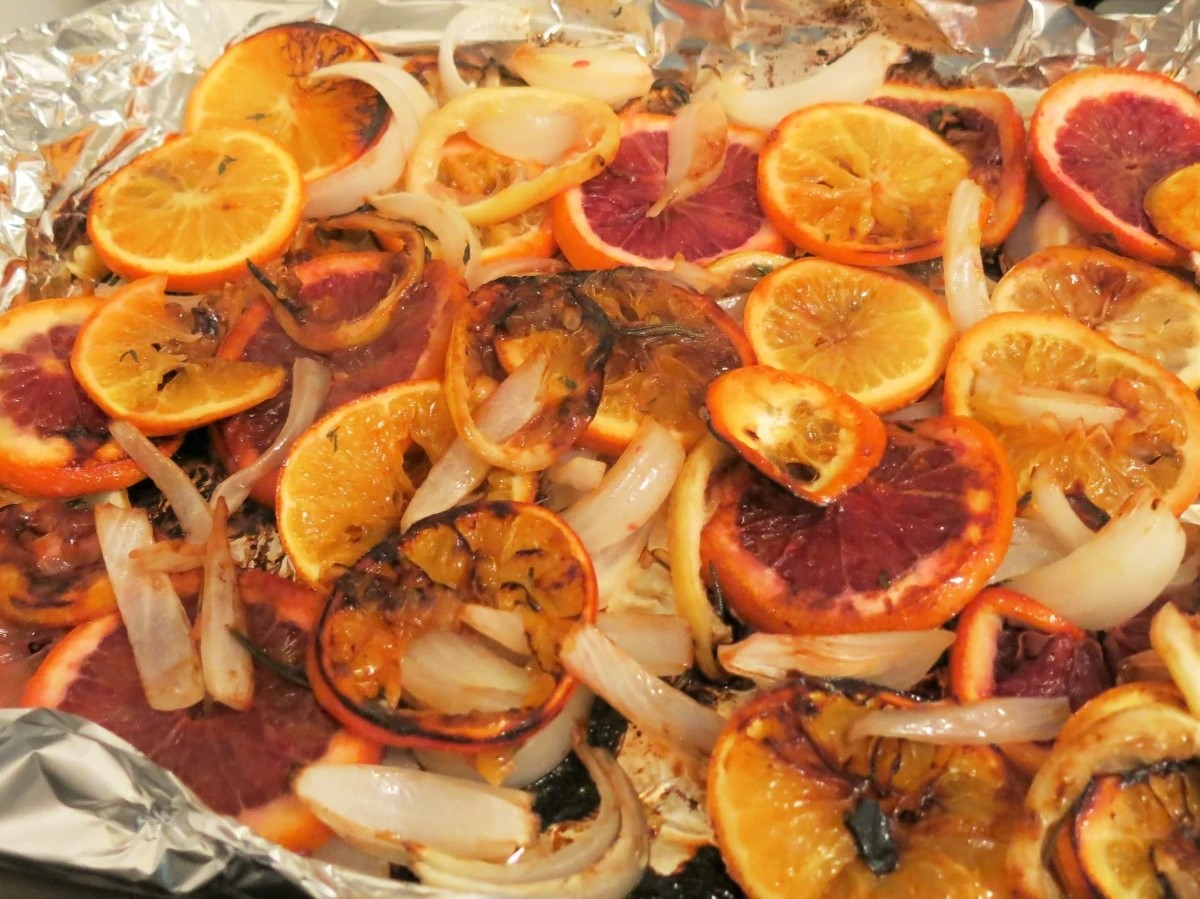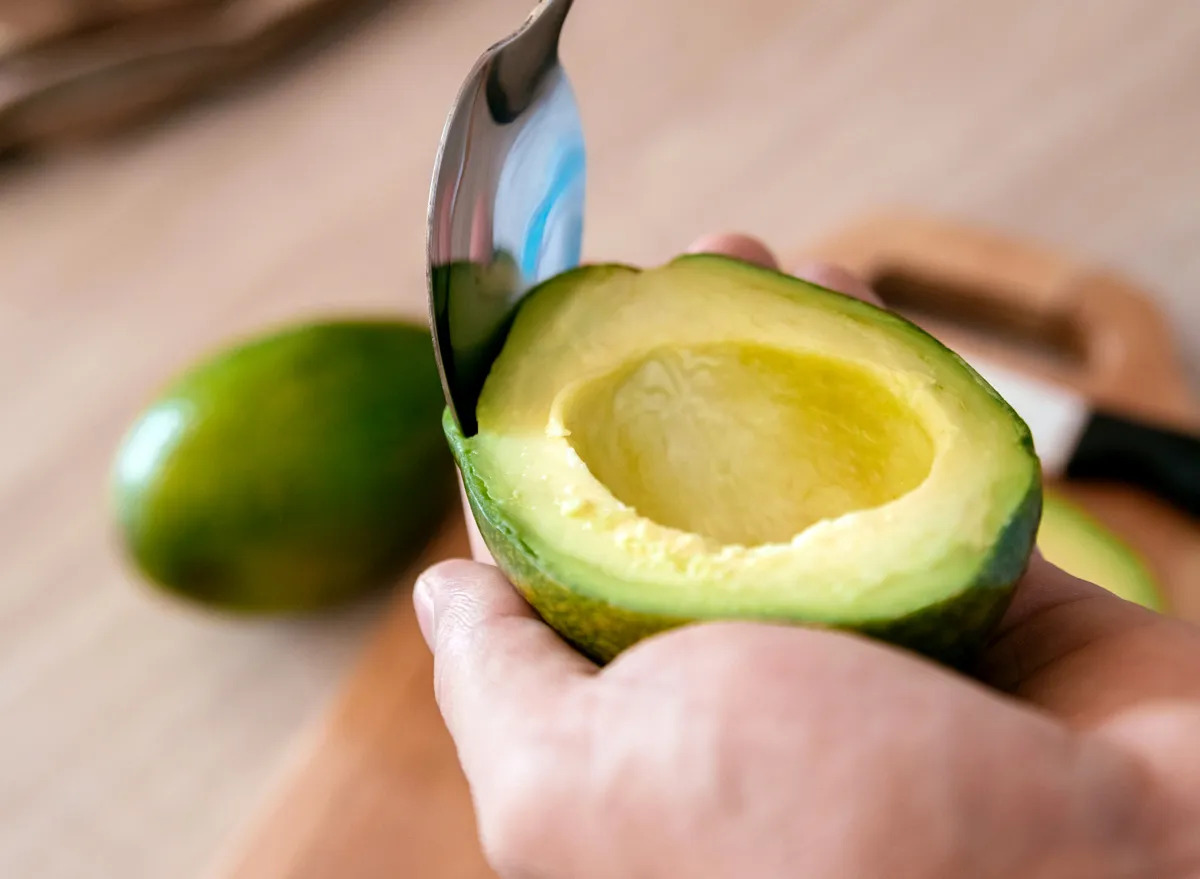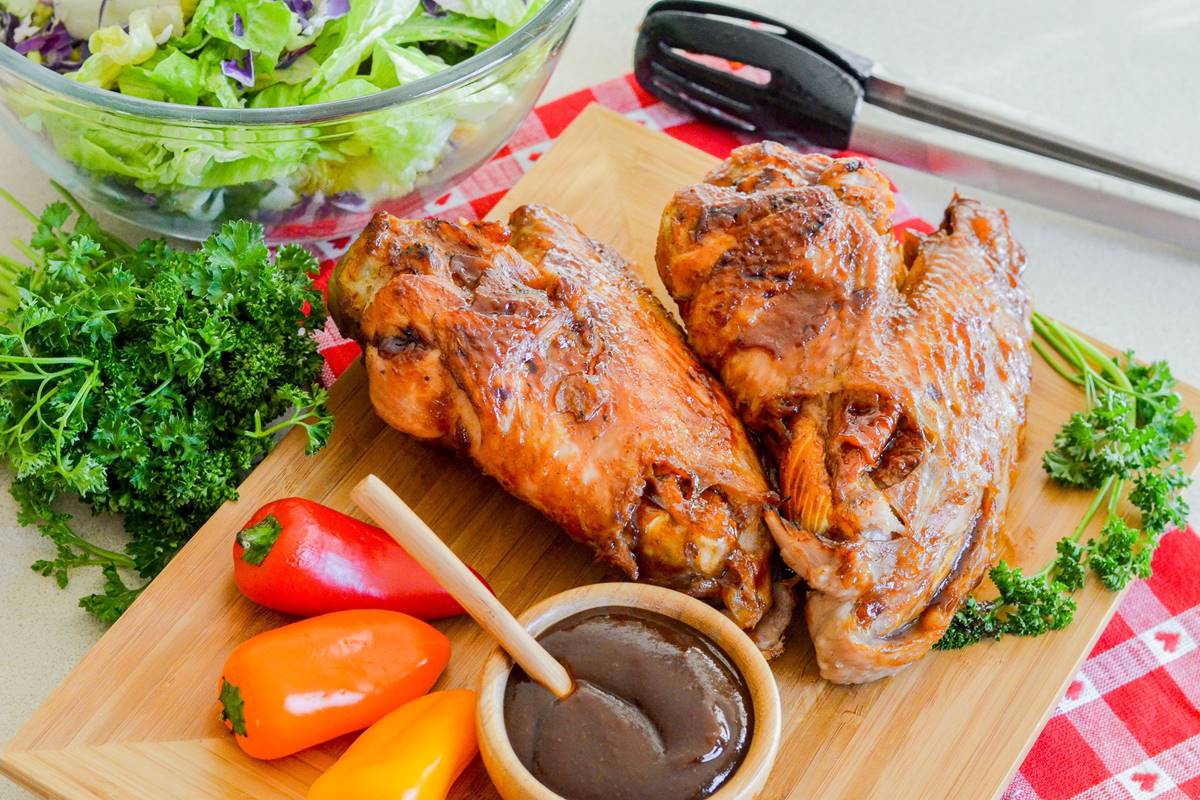What To Do With Seville Oranges
Seville oranges are a unique variety of citrus fruit that are known for their tart flavor and high acidity. While they may not be suitable for eating raw, they are perfect for a wide range of culinary uses. If you have a batch of Seville oranges sitting in your kitchen and you’re unsure what to do with them, worry not! We’ve compiled a list of creative and delicious ways to make the most of these vibrant fruits.
1. Traditional Seville Orange Marmalade
One of the most popular uses for Seville oranges is making homemade marmalade. Their intense flavor and high pectin content make them perfect for creating a tangy and bitter-sweet spread. Here’s a simple recipe to get you started:
- Wash and slice the Seville oranges into thin, even rounds.
- Remove the seeds and place them in a muslin cloth or a tied-up square of cheesecloth.
- Place the orange slices, the muslin pouch with seeds, and water in a large pot.
- Simmer the mixture until the oranges are soft and the liquid has reduced.
- Add sugar to taste and cook until it reaches the desired consistency.
- Pour the hot marmalade into sterilized jars and seal tightly.
Your homemade Seville orange marmalade can be enjoyed on toast, scones, or even as a glaze for roast poultry!
2. Seville Orange Vinaigrette
Add a splash of zesty flavor to your salads with a homemade Seville orange vinaigrette. Simply combine freshly squeezed Seville orange juice, olive oil, Dijon mustard, honey, salt, and pepper in a small jar. Shake vigorously to emulsify the ingredients, and drizzle over your favorite greens for a refreshing and tangy dressing.
3. Seville Orange Glazed Chicken
Take your roasted chicken to the next level by glazing it with a delicious Seville orange sauce. Mix together Seville orange juice, honey, soy sauce, minced garlic, and ginger in a small saucepan. Cook over low heat until the sauce thickens slightly. Brush the glaze onto the chicken during the last 15 minutes of cooking, allowing it to caramelize and infuse the meat with a delightful citrus flavor.
4. Seville Orange Sorbet
Cool off on hot summer days with a refreshing scoop of homemade Seville orange sorbet. Combine freshly squeezed Seville orange juice, sugar, and water in a saucepan. Heat gently until the sugar dissolves, then remove from the heat and let it cool. Once cooled, transfer the mixture to an ice cream maker and churn according to the manufacturer’s instructions. Freeze the sorbet for a few hours until it reaches the desired consistency, then indulge in a tangy and citrusy frozen treat!
5. Seville Orange Sauce for Fish
Enhance the flavor of your fish dishes by preparing a bright and tangy Seville orange sauce. Sauté minced shallots in butter until soft, then add Seville orange juice, white wine, and fish stock. Simmer the mixture until it reduces and thickens slightly. Season with salt, pepper, and a hint of lemon zest. Drizzle the sauce over grilled or poached fish to bring a burst of citrusy goodness to your meal.
These are just a few examples of the many ways you can enjoy Seville oranges. Get creative in the kitchen and explore the unique flavor profile that these citrus gems have to offer. Whether you’re making marmalade, sauces, or desserts, Seville oranges are sure to add a delightful zing to your dishes. Happy cooking!
